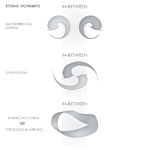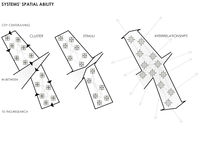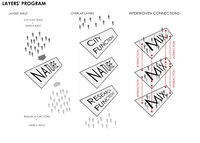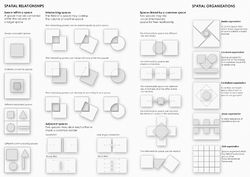atom06:Work overview
| (42 intermediate revisions by 3 users not shown) | |||
| Line 1: | Line 1: | ||
| − | |||
| − | |||
| − | |||
| − | |||
| − | |||
| − | |||
| − | |||
| − | |||
| − | |||
| − | |||
| − | |||
| − | |||
| − | |||
| − | |||
| − | |||
| − | |||
| − | |||
| − | |||
| − | |||
| − | |||
| − | |||
| − | |||
| − | |||
| − | |||
| − | |||
| − | |||
| − | |||
| − | |||
| − | |||
| − | |||
| − | |||
| − | |||
| − | |||
| − | |||
| − | |||
| − | |||
| − | |||
| − | |||
| − | |||
| − | |||
| − | |||
| − | |||
| − | |||
| − | |||
| − | |||
| − | |||
| − | |||
| − | |||
| − | |||
| − | |||
| − | |||
| − | |||
| − | |||
| − | |||
| − | |||
| − | |||
| − | |||
| − | |||
| − | |||
| − | |||
| − | |||
| − | |||
| − | |||
| − | |||
| − | |||
| − | |||
| − | |||
| − | |||
| − | |||
| − | |||
| − | |||
| − | |||
| − | |||
| − | |||
| − | |||
| − | |||
| − | |||
| − | |||
| − | |||
| − | |||
| + | ='''Work in Progress'''= | ||
| + | To define the strategy we are doing analysis on different topics: map the activities of users to understand what can stimulate interaction and communication; investigate the possible system's spatial ability; analyze the flow of people to determine the attractors place in which to place the metastases. | ||
| + | ==='''Analyze spatial ability'''=== | ||
| + | <gallery widths="200" heights="150" perrow="3" > | ||
| + | Image:systems' movements merge copia.jpg|'''Systems' Movements''' | ||
| + | Image:spatial ability merge copia.jpg|'''Spatial Ability''' | ||
| + | Image:layers' program merge copia.jpg|'''Layers' Program''' | ||
| + | </gallery> | ||
| + | [[Image:Spatial relationship and organization merge copia.jpg|none|250px|caption ]] | ||
| + | The diagrams relate to relationships and organizations of space according to F.D.K. Ching | ||
| + | Before actually deciding on who is going where with what purpose, these diagrams show the possibilities of any interaction. | ||
| + | With this information we can look at the needs and demands of the various actors in our area. | ||
| + | From this we can extrapolate a fitting brief, which we can mold within the possibilities of interaction via the relationships and organizations of the space. | ||
| + | The (Inter)action of systems will be the key of our project. | ||
| + | The concept of these diagrams is to form an idea of organizing our users and their uses | ||
| + | '''Spatial relationships''' | ||
| + | * space within a space | ||
| + | * interlocking spaces | ||
| + | * adjacent spaces | ||
| + | * space linked by a common space | ||
| + | '''Spatial organizations''' | ||
| + | * radial organizations | ||
| + | * clustered organizations | ||
| + | * centered organizations | ||
| + | * linear organizations | ||
| + | * grid organizations | ||
| − | + | From the center of this network, like in '''metastasis''', things spread from the '''center''' to '''non-adjacent parts''';'''contaminating''' all the city. | |
| + | Metastasis means "displacement" in Greek, from μετά, meta, "next", and στάσις, stasis, "placement". | ||
Latest revision as of 19:55, 10 October 2011
Work in Progress
To define the strategy we are doing analysis on different topics: map the activities of users to understand what can stimulate interaction and communication; investigate the possible system's spatial ability; analyze the flow of people to determine the attractors place in which to place the metastases.
Analyze spatial ability
The diagrams relate to relationships and organizations of space according to F.D.K. Ching
Before actually deciding on who is going where with what purpose, these diagrams show the possibilities of any interaction. With this information we can look at the needs and demands of the various actors in our area. From this we can extrapolate a fitting brief, which we can mold within the possibilities of interaction via the relationships and organizations of the space. The (Inter)action of systems will be the key of our project.
The concept of these diagrams is to form an idea of organizing our users and their uses
Spatial relationships
- space within a space
- interlocking spaces
- adjacent spaces
- space linked by a common space
Spatial organizations
- radial organizations
- clustered organizations
- centered organizations
- linear organizations
- grid organizations
From the center of this network, like in metastasis, things spread from the center to non-adjacent parts;contaminating all the city.
Metastasis means "displacement" in Greek, from μετά, meta, "next", and στάσις, stasis, "placement".



